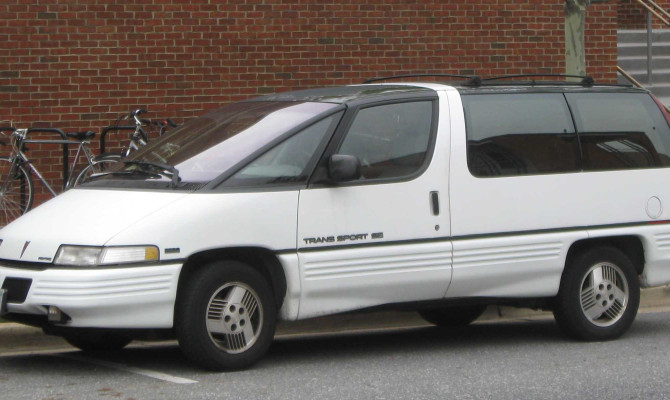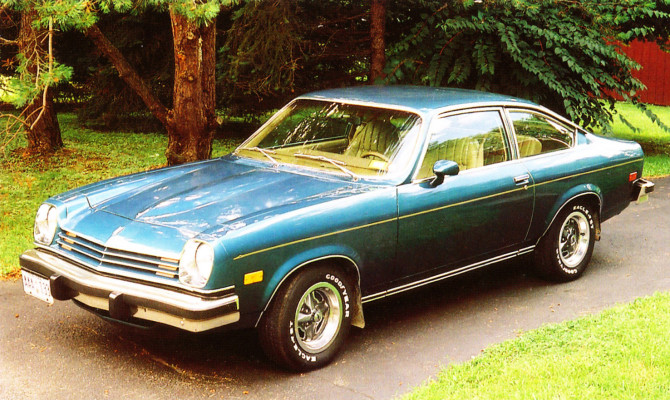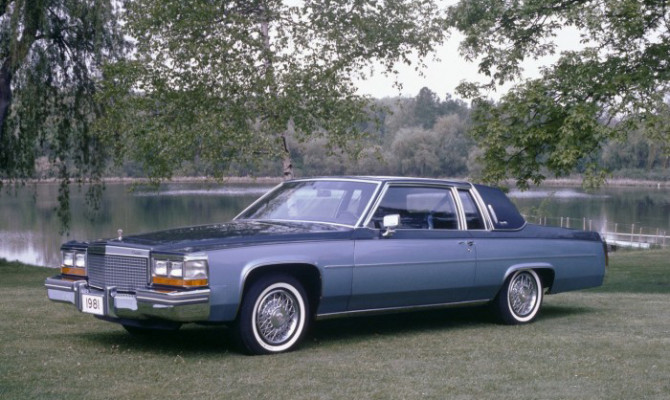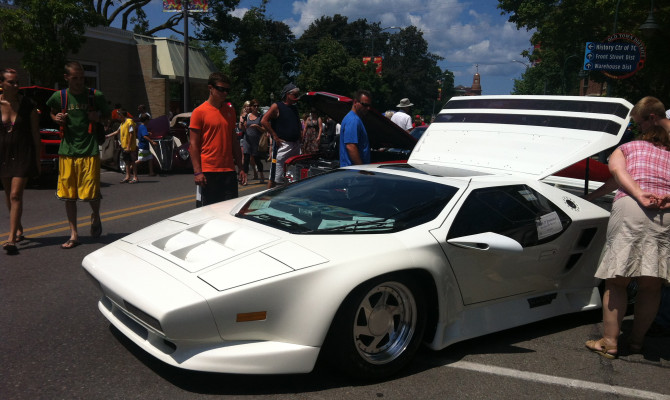Some new cars sneak into the world under the radar with little baggage in the form of expectations (realistic or otherwise).
Others are so heavily touted that even the best can sink under the weight of unrealistic pressures. Here are some that, in addition to being under the microscope when introduced, suffered from many glitches.
MINIVAN
1990-93 Pontiac Trans Sport
GM perceived an unexploited niche for a minivan with some style, much like the European Renault Espace.
The concept car was brilliant, with gullwing doors and a glass roof. Unfortunately, none of these features translated into the production model, whose awkward profile resembled a Black and Decker Dustbuster mini vacuum.
The nickname “Dustbuster” stuck, and sales were modest. Buyers found them hard to see out of because of the huge distance between the steering wheel and the windshield.
SMALL CAR
1971-77 Chevrolet Vega
The Vega was supposed to be the small car that sent the new wave of Japanese imports back across the Pacific.
Instead, it pushed a giant wave of buyers into Toyota and Datsun showrooms. The aluminum engine, which was prone to overheating and oil burning, and the hideously rust-prone bodies were often just the tip of the misery iceberg for Vega owners.
Even the air in the tires seemed substandard.
LUXURY CAR
GM struggled to maintain a sense of traditional luxury under the weight of the first Corporate Average Fuel Economy (CAFE) regulations.
And while the idea of a V-8 engine that turned off cylinders when they weren’t needed had promise that would eventually be realized, the technology of the day wasn’t up to the task and the feeling of the cylinders shutting off and on was perceptible to the point of being nausea-inducing.
Cadillac introduced at least 13 new computer chips for the cylinder deactivation control system before giving up.
SPORTS CAR
1972-75 Jensen-Healey
The Jensen-Healey was designed to be the successor to the much-loved Austin-Healey 3000, with input from the legendary Donald Healey.
Unfortunately, where the earlier car had a lovely and curvaceous style to it, the J-H was perceived as bland and derivative. Also problematic was the new and untested Lotus twin-cam engine. Broken timing belts, oil leaks and low oil pressure issues ensured that warranty claims added up quickly and the Jensen-Healey was gone after just four model years.
SUPERCAR
1989-93 Vector W8
Promoted heavily as America’s answer to supercars like the Lamborghini Diablo, the Vector was underfunded, underdeveloped and (some said) amateurishly styled.
Tennis star Andre Agassi was an early and unhappy customer when his car failed spectacularly on his first day of ownership, by some accounts setting his garden on fire. Accusations and legal threats flew both ways, and in the end, just 17 cars were built before the whole venture collapsed.
The original price was $455,000.
*Rob Sass is the vice-president of content for Hagerty Insurance. Hagerty is the world’s leading specialist provider of classic car and boat insurance. Learn more at hagerty.ca and you can email rsass [at] hagerty [dot] com
Recent Comments
- { Enjoyed your Forest of Bowland in the BMW X5M, particularly the photo of the BMW in front of the main part of Stonyhurst College where... }
- { Bantam designed the Jeep, not Willy's or Ford. The American military gave the original Bantam prototype to Willys and Ford to copy. There is plenty... }
- { All Escalades come with a 6.2-lilter V8 engine that produces 420 horsepower. A six-speed automatic is the only transmission offered and drives the rear wheels.... }
- { Alexandra is an excellent journalist. }
Popular Posts
- Journey to a ‘Sparkling’ Luxury Okanagan Resort “Four lucky readers will put a Dodge Journey’s weekend-...
- The Need For Speed: Hike Those Highway Limits More than half of those polled believe the province sho...
- Drives-U-Crazy… Erratic drivers. An early morning drive from Kelowna to Vancouver is nor...
- Readers Respond: The Pros and Cons of Increasing B.C. Speed Limits Increasing the speed limits will only increase risk to...
- Honda CR-V Review: The Compact Crossover To Get Things Done The CRV is a very stylish and aerodynamic crossover veh...











